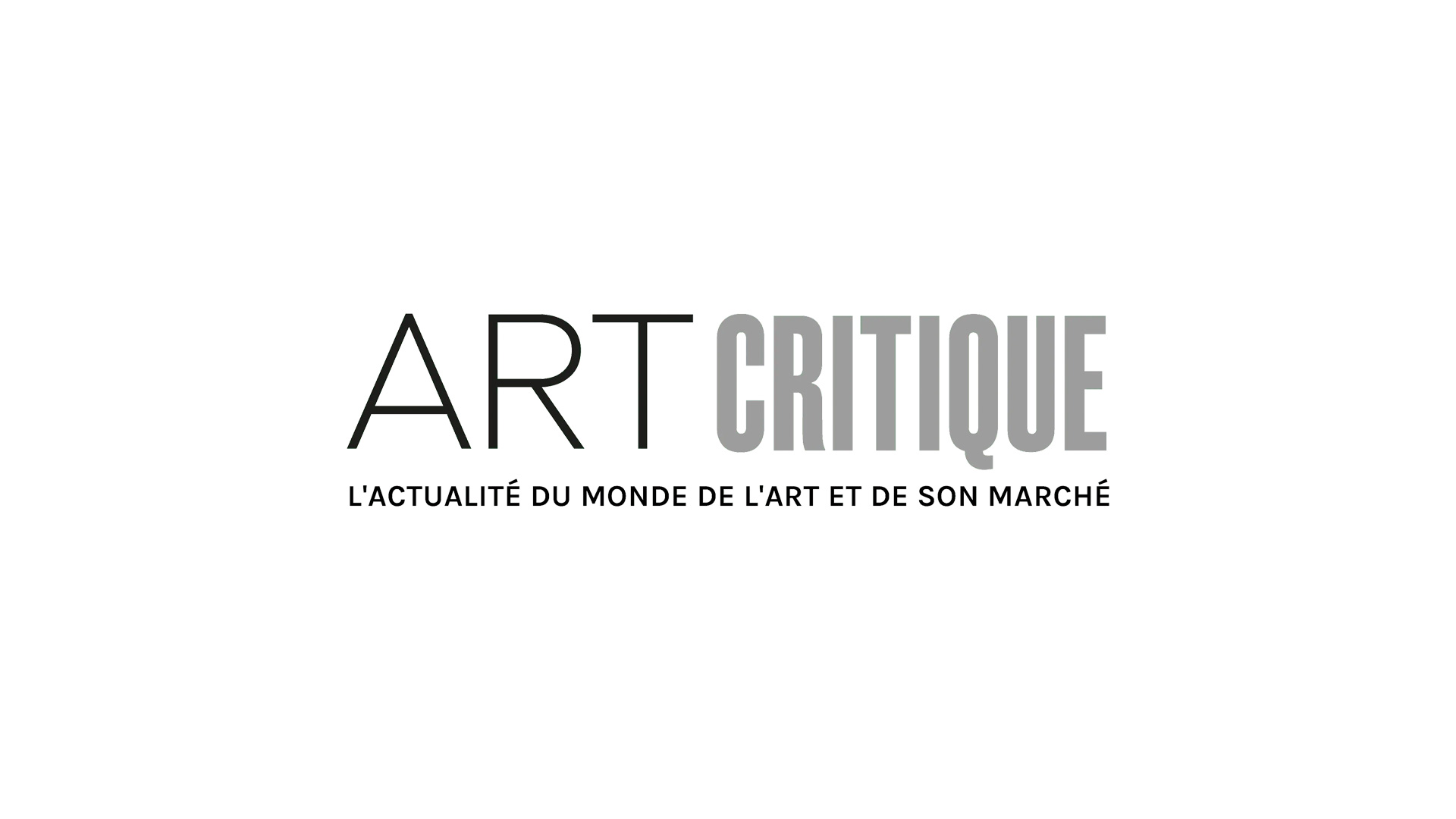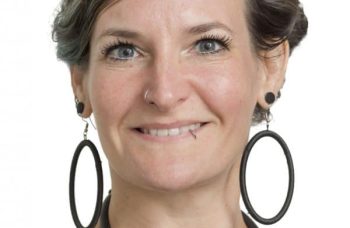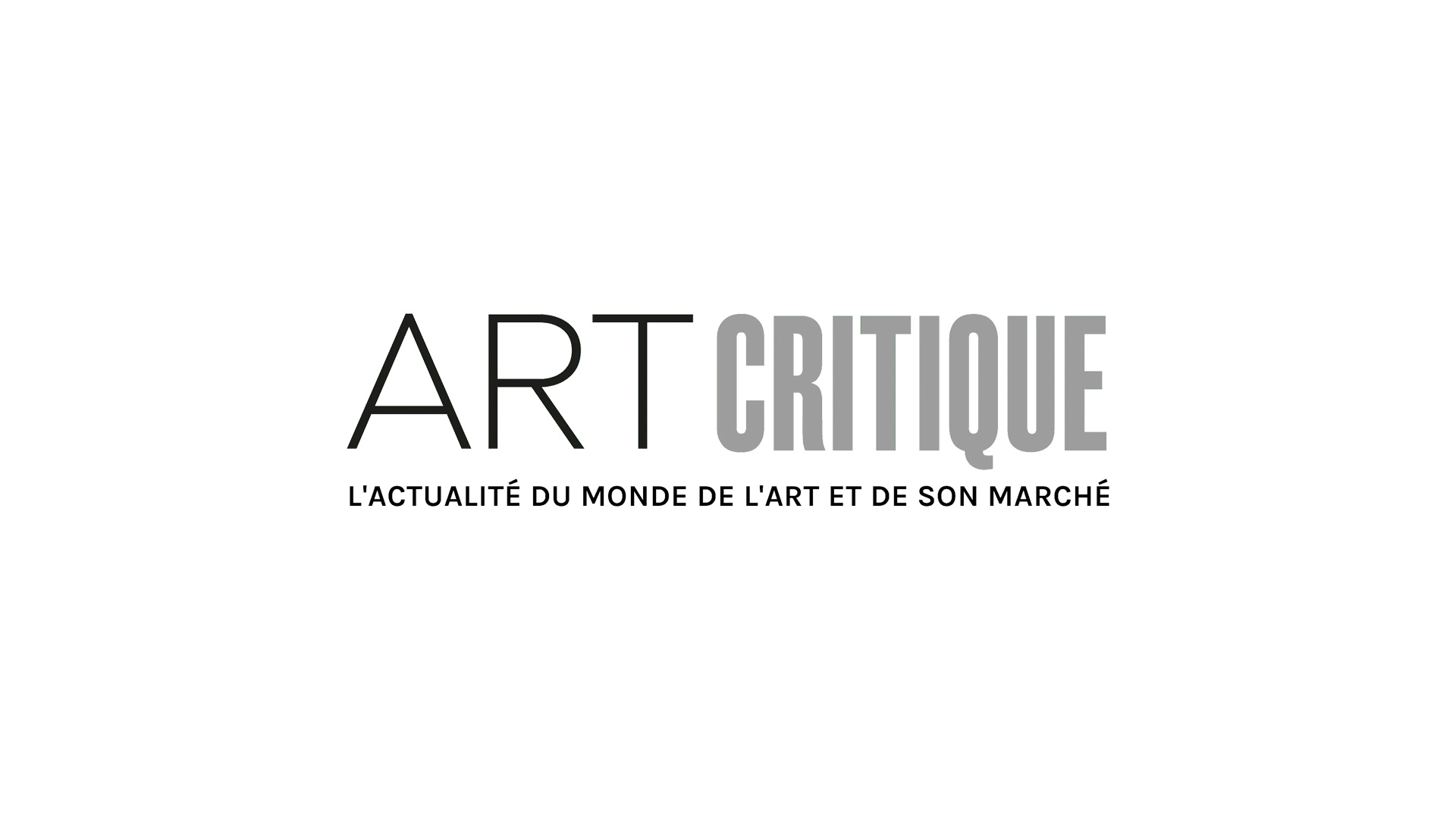In recent years, issues and research concerning the lack of diversity amongst museum employees have compelled museums to re-evaluate the lack of diversification among their employees and those they attract to their galleries. Nothing, though, had been reported on concerning the lack of diversity within the museums’ collections. That is until now.
A brand-new study created by Professor Chad Topaz of Williams College and a team of researchers found that there is much to be desired when it comes to diversity and representation of artist making their way into the collections of major US museums. Their study, which is the only analysis of museum collections of its kind, found that 87% of artists filling museum stores were male and 85% of them are white.
The report was designed to give museums a starting point to know just how much work there is to be done to offer a more thorough understanding of art through the ages. According to the report, museums began seriously considering the diversity of their staff and viewership after the Association of Art Museum Directors found a large proportion of museum workers were white and a disproportionate number of higher-level staff members were men. So, it seemed high time to lay out the numbers to begin a serious discussion around collections.
To do so, Topaz and his team utilized crowdsourcing to dig through and add to the mountains of information provided for museum collections. They addressed 18 of major US museums, because they were well-known institutions and because the entirety of their collections could be found online. They then began compiling all of the data collected by crowdsourced individuals, double checking their findings along the way, concerning the identifiability, gender, ethnicity, regional origin, and time period of each artist concerned.
After that, the team was able to infer that of the artists represented in museum collections, only 12.6% of them were female artists. Regarding ethnicity, 85.4% of artists were found to be white, 9.0% Asian, 2.8% were Hispanic or Latinx, only 1.2% were African American or Black, while the other 1.5% were of other ethnicities. Somewhat unsurprisingly, white men led the four largest groups of artists represented at 75.5%. The next three largest groups pale in comparison: white women (10.8%); Asian men (7.5%); Hispanic and Latinx men (2.6%). The study then addressed museums in their study that were outliers, in both positive and negative manners, concerning their representation of gender, ethnicity, decade of birth, and region of origin.
Now that the study has been release, it feels natural that this topic would become the subject of such research. Topaz told Art Critique that his interest in diversity stemmed from a 2016 study he headed concerning the severe underrepresentation of women within his own field: mathematics. ‘Once I realized that data science tools would help me measure things people had not really quantified yet, I got interested in questions of diversity in the art.’
Topaz continued: ‘We’re aware of the important conversations about diversity and inclusion in the art world that have been happening for decades and have been highlighted by the Guerilla Girls since 1985. More recently, we’ve noted the deaccessioning of works in museums in order to diversify collections, as happened in Baltimore, and we’ve read informative and thought-provoking writing on gender and ethnicity in art by Aruna D’Souza and others. Our own work strives to provide some empirical data in order to contribute to the national and international dialogue taking place.’
The 18 museums referenced in the study were as follows:
Detroit Institute of Arts; Metropolitan Museum of Art; Museum of Fine Arts, Boston; National Gallery of Art; Philadelphia Museum of Art; Art Institute of Chicago; Nelson-Atkins Museum of Art; Museum of Art, Rhode Island School of Design; Yale University Art Gallery; Dallas Museum of Art; Denver Art Museum; High Museum of Art; Los Angeles County Museum of Art; Museum of Fine Arts, Houston; Museum of Contemporary Art, Los Angeles; Museum of Modern Art; San Francisco Museum of Modern Art; Whitney Museum of American Art.





